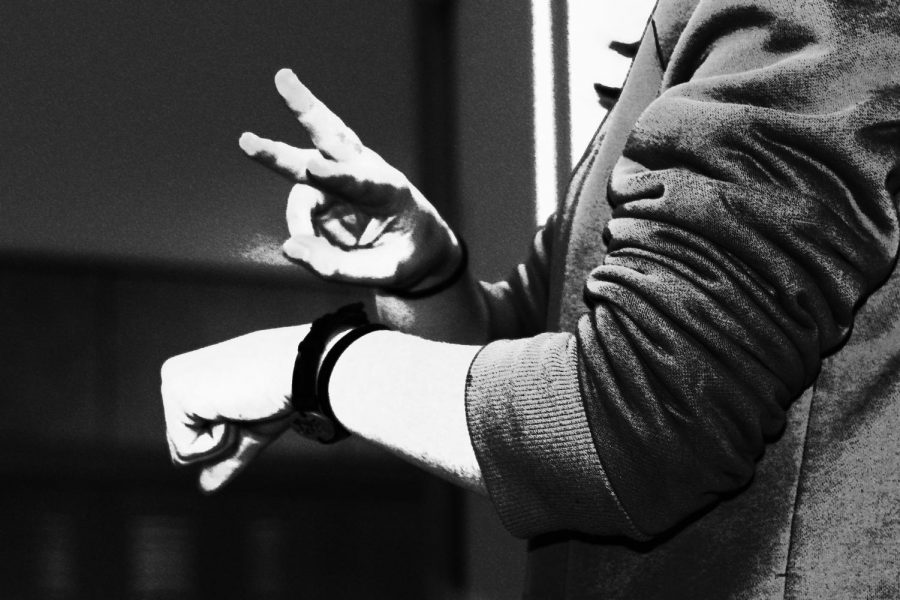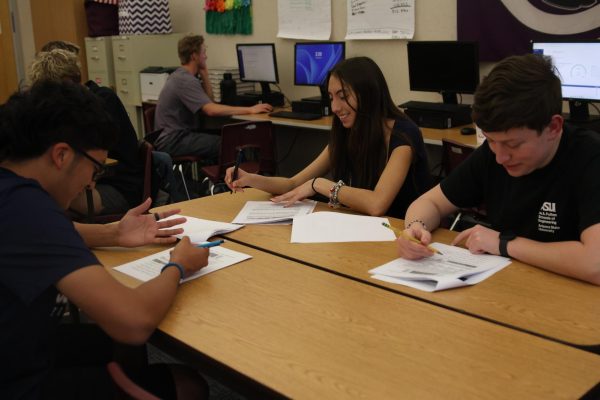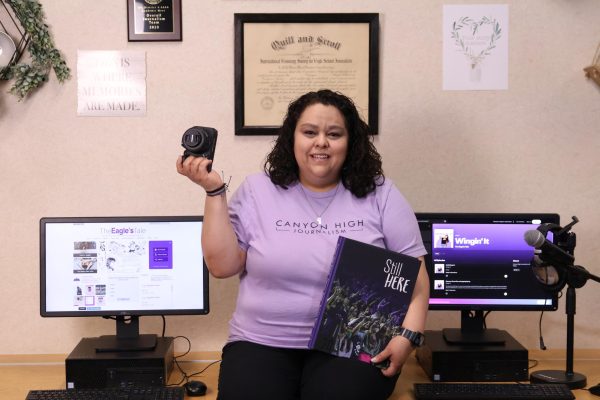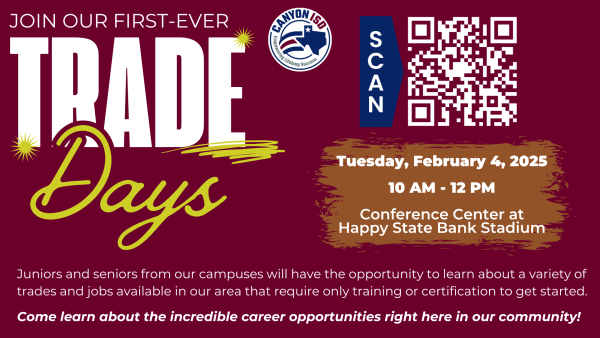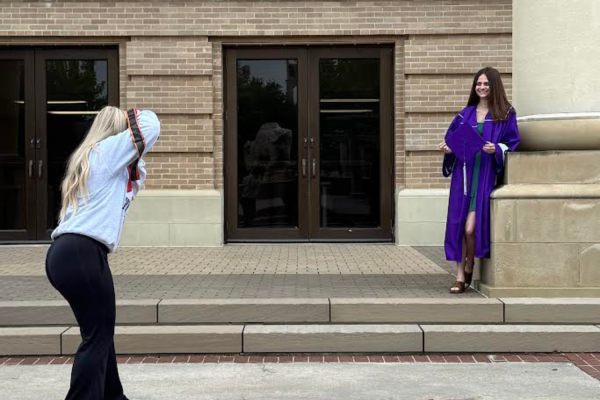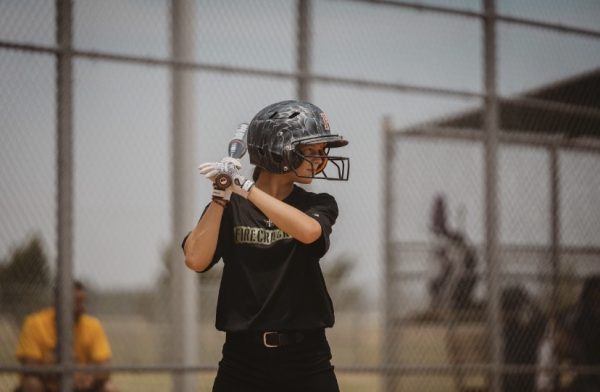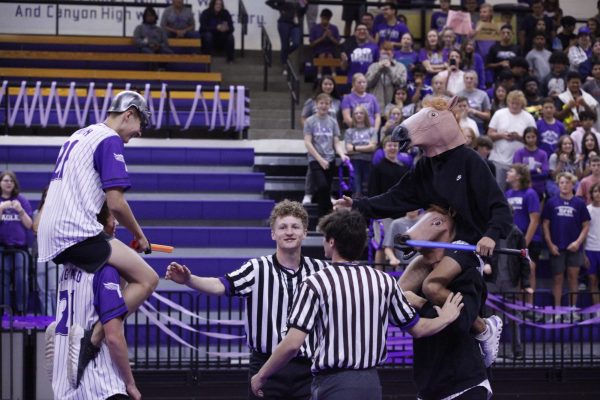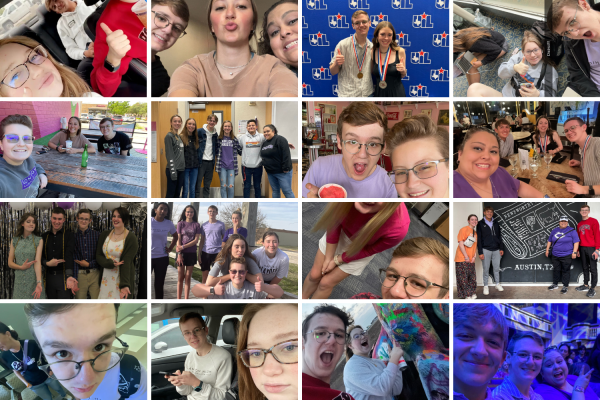American Sign Language classes to interpret museum exhibits
American Sign Language 3 students will interpret information at a variety of displays for all visitors.
A silent world is permeated with vivid stories and narrations. The tellings of buffalo, ranchers and Native Americans are painted in the air. Eagerly following deliberate yet graceful hands, the eyes of both young and old are enraptured by palpable recountings of the history of the Panhandle Plains.
The Canyon High and Randall American Sign Language (ASL) programs will host a Deaf Hike in Palo Duro Canyon Saturday, Nov. 9 beginning at 9 a.m. and will be followed by interpreted exhibits at the Panhandle Plains Historical Museum (PPHM) from 1-3 p.m. Interpretations will be done by both the Canyon High and Randall High ASL 3 students.
“We have never done this before, but the PPHM has been phenomenal,” ASL 2 and 3 teacher Traci Prather said. “They have let us come in and visit and tour and look. We actually started working on this this summer in June, and then we went in September and again in October just to visit, look and double check.”
The students picked their exhibits to interpret back in September from the Native Lifeways of the Plains, Cattle, Cowboys and Culture and art exhibits in the museum.
“We borrowed from the Native American signs,” Prather said. “During the horse trade in the 1800s when all these tribes had to communicate with one another, they created a sign system–a sign language. A couple of kids got that section, so they are having to learn the sign language the Native Americans signed. It’s a learning experience.”
Canyon High’s ASL program partners with the Amarillo Deaf Church for these events along with fundraising Thanksgiving dinners for families in need. ASL 3 allows students to immerse themselves into the Deaf community and connect with Deaf people.
“It’s more of a shift to learning more about the culture and the people than just learning about the language,” junior Natalie Lopez said. “It’s getting involved and actually being able to help the Deaf community because in Amarillo there’s a lot more deaf people than you think. We’re able to help them in a way that I never thought I could. I just love that I get to be a part of that.”
Junior Macie Mullin is also in ASL 3. Both Mullins and Lopez are involved in the American Sign Language Honor Society.
“I look at it like a leadership team for ASL,” Mullins said. “We encourage the ASL 2 and 1 to do ASL 3, get more involved and to learn more about the language and about the people.”
Interpreting the museum exhibits allows the students to demonstrate their individual signing abilities.
“Saturday we’re doing stuff that deaf people can’t normally enjoy, and we’re able to invite them and make a warm welcoming environment for them to be able to have a common language,” Lopez said. “This is more of a personal thing. If we were wanting to be an interpreter, we could actually show people what we know and how we are able to apply it.”
Becoming an ASL interpreter requires a bachelor’s degree to become certified. Lopez said she wants everyone to look deeper into the meaning of ASL.
“It’s not just another language; it’s more than that,” Lopez said. “Just like Spanish, it’s the same thing with ASL. It’s not just deaf people, it’s a whole community you never really knew existed until you take it.”
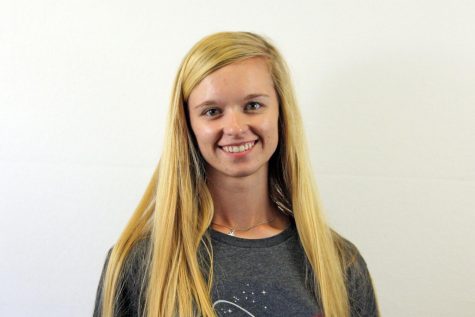
Hey! I'm a senior and this will be my third and sadly final year on staff. I am currently one of the three editors-in-chief and the senior drum major for the band. I'm a true coffee addict who loves all the pups. In the rare situation I'm not on the band...


